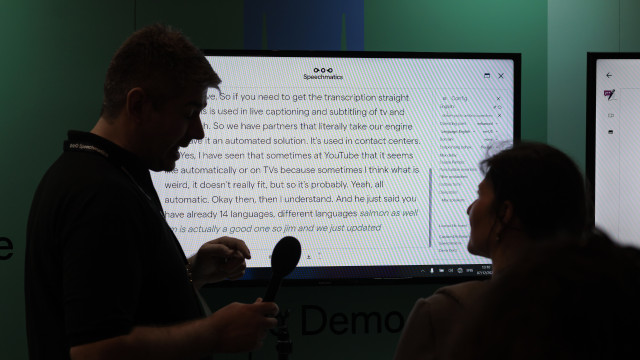Blind spots are where AI can prove most useful. James Evans, a sociologist at the University of Chicago, got AI to make "alien" hypotheses - ones that a human could hardly make. In a paper published earlier this year in Nature Human Behaviour4, he and his colleague Jamshid Surati built knowledge graphs containing not only materials and properties, but also explorers. Evans and Sourati's algorithm traversed these networks, looking for hidden shortcuts between materials and properties. The goal was to maximize the likelihood of the AI-generated hypotheses to be true, while minimizing the chances of researchers touching them naturally. For example, if the scientists studying a particular drug are only distantly related to those studying a disease that it might cure, then the drug's potential will typically take much longer to discover.
When Evans and Sourati fed data published up to 2001 to their AI, they found that about 30 percent of its predictions about the reusability of drugs and the electrical properties of materials had been discovered by researchers roughly six to ten years earlier. late. The system can be tuned to make predictions that are more likely to be correct, but less likely, based on simultaneous findings and collaboration, Evans says. But "if we're predicting what people are going to do in the next year, it just feels like a scoop machine," he adds. He is more interested in how technology can take science in entirely new directions. /BGNES







